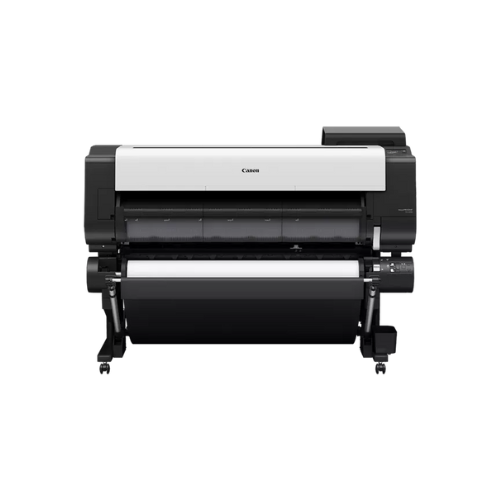Large-format printing is critical for professionals in architecture, engineering, GIS, and graphic design, where accuracy, speed, and efficiency determine project success. Inefficient workflows, media handling errors, and improper printer settings can lead to wasted materials, delays, and substandard output. Optimizing workflow ensures smooth printing processes, timely delivery, and consistent high-quality results across all projects.
The Canon imagePROGRAF TX-4200 is engineered for high productivity, combining advanced print technology, versatile media handling, and user-friendly controls. By understanding how to optimize workflows, professionals can maximize efficiency, minimize errors, and ensure reliable output. This guide provides actionable tips and step-by-step recommendations for leveraging the TX-4200 to achieve superior performance in demanding work environments.
Optimizing Your Canon imagePROGRAF TX-4200 Workflow
Proper workflow setup ensures accurate, high-quality prints while reducing errors, downtime, and material waste. Implementing best practices allows professionals to fully utilize the TX-4200’s capabilities.
Step 1: Media Preparation and Handling
Proper media handling is critical for consistent results.
Tips:
- Load rolls correctly and select compatible media
- Verify roll orientation and tightness
- Use optional SS-41 stacker for organized output
- Pre-check media to avoid wrinkles or contamination
Step 2: Print Settings Configuration
Choosing the correct print settings ensures the desired balance between quality and speed.
Tips:
- High-Quality mode for final designs, Fast Economy for drafts
- Match color profiles to media type
- Adjust paper thickness and feed settings for precision
Step 3: Ink Management
Maintaining the ink system prevents quality issues and delays.
Tips:
- Monitor ink levels before large print jobs
- Replace low tanks promptly to avoid streaks
- Run printhead cleaning cycles as recommended
Step 4: Efficient Job Scheduling
Organizing print jobs reduces downtime and improves productivity.
Tips:
- Batch similar print jobs to save time
- Prioritize critical projects for immediate output
- Use touchscreen or cloud software to monitor job progress
Step 5: Connectivity Optimization
Maximizing connectivity options streamlines remote printing and collaboration.
Tips:
- Use USB, Ethernet, Wi-Fi, or cloud printing for flexibility
- Keep firmware updated for performance improvements
- Integrate the TX-4200 with workflow software for automated job management
Step 6: Post-Print Handling
Proper post-print handling preserves quality and reduces rework.
Tips:
- Inspect prints for accuracy, color consistency, and alignment
- Organize sheets by project or client for easy distribution
- Store prints flat or roll carefully to prevent damage
Step 7: Maintenance and Longevity
Regular maintenance ensures long-term reliability and consistent quality.
Checklist:
- Clean printheads according to Canon guidelines
- Replace consumables as scheduled
- Monitor printer performance and address minor issues promptly
Step 8: Application Across Industries
Architecture and Engineering: Accurate blueprints and schematics for reliable planning
GIS and Mapping: High-resolution maps with precise color differentiation
Graphic Design: Vibrant banners, posters, and promotional materials with smooth gradients
Conclusion
The Canon imagePROGRAF TX-4200 allows professionals to optimize workflows, improve productivity, and maintain high-quality output across architecture, engineering, GIS, and graphic design projects. By implementing media preparation, correct print settings, ink management, efficient job scheduling, connectivity optimization, and regular maintenance, users can maximize efficiency, reduce errors, and achieve reliable, professional-grade large-format prints with consistent precision and speed.





Comments